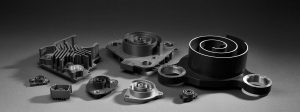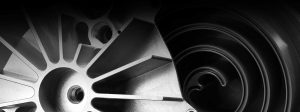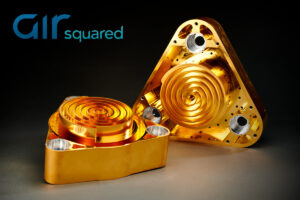Air Squared News
Fusion Energy Cost Reduction Study
To accelerate the practical application of nuclear fusion energy, Air Squared is investigating various plating solutions to reduce the cost of tritium-compatible scroll vacuum pumps.
Under the topic Development of Functional Materials for Use in Fusion Reactors,Air Squared has been awarded Phase I Small Business Innovative Research (SBIR) funding through the Department of Energy (DOE) to conduct a tritium containment performance and permeability study. The study will evaluate the effectiveness of using plated aluminum, as an alternative to stainless steel, for compatibility with radioactive tritium.
In 2005, Air Squared began working with Savannah River National Laboratory to design a scroll vacuum pump capable of pumping tritium. Following over a decade of development, All-Metal Series scroll pumps from Air Squared, such as the V16H034A-AC-H-SS, are now the preferred solution for processing radioactive tritium. With no polymer seals, stainless steel construction, hermetic sealing, and only metallic wetted materials, All-Metal Series scroll pumps are designed specifically for pumping radiated gases between tritium evacuation systems and the magnetic fusion chamber.
Stainless steel is currently the only reliable means to contain radioactive tritium in fusion vacuum trains; however, using the material exclusively adds cost to fusion energy projects, as high-grade stainless steel is more expensive than aluminum and more difficult to machine. The use of cheaper plated materials, such as aluminum, could reduce the cost and simplify the commercialization of critical components used in a fusion reactor.
As part of the Phase I effort, Air Squared will study various methods of plating aluminum and their impact on reliability and cost.
This material is based upon work supported by a Phase I SBIR award by the Department of Energy under the topic: Fusion Materials: Development of Functional Materials for Use in Fusion Reactors. Any opinions, findings, conclusions, or recommendations expressed in this material are those of the author(s) and do not necessarily reflect those of the United States Department of Energy.







